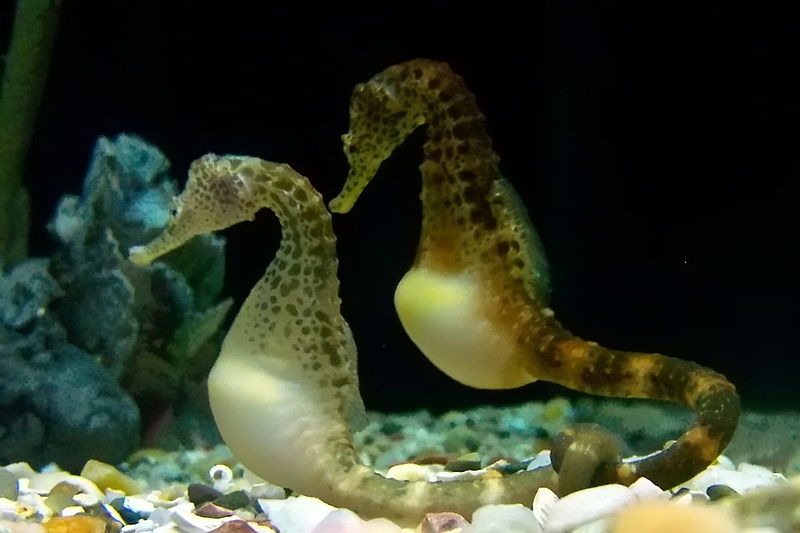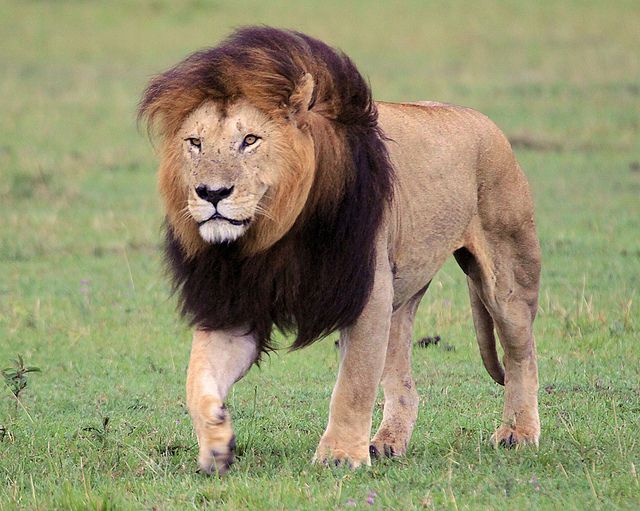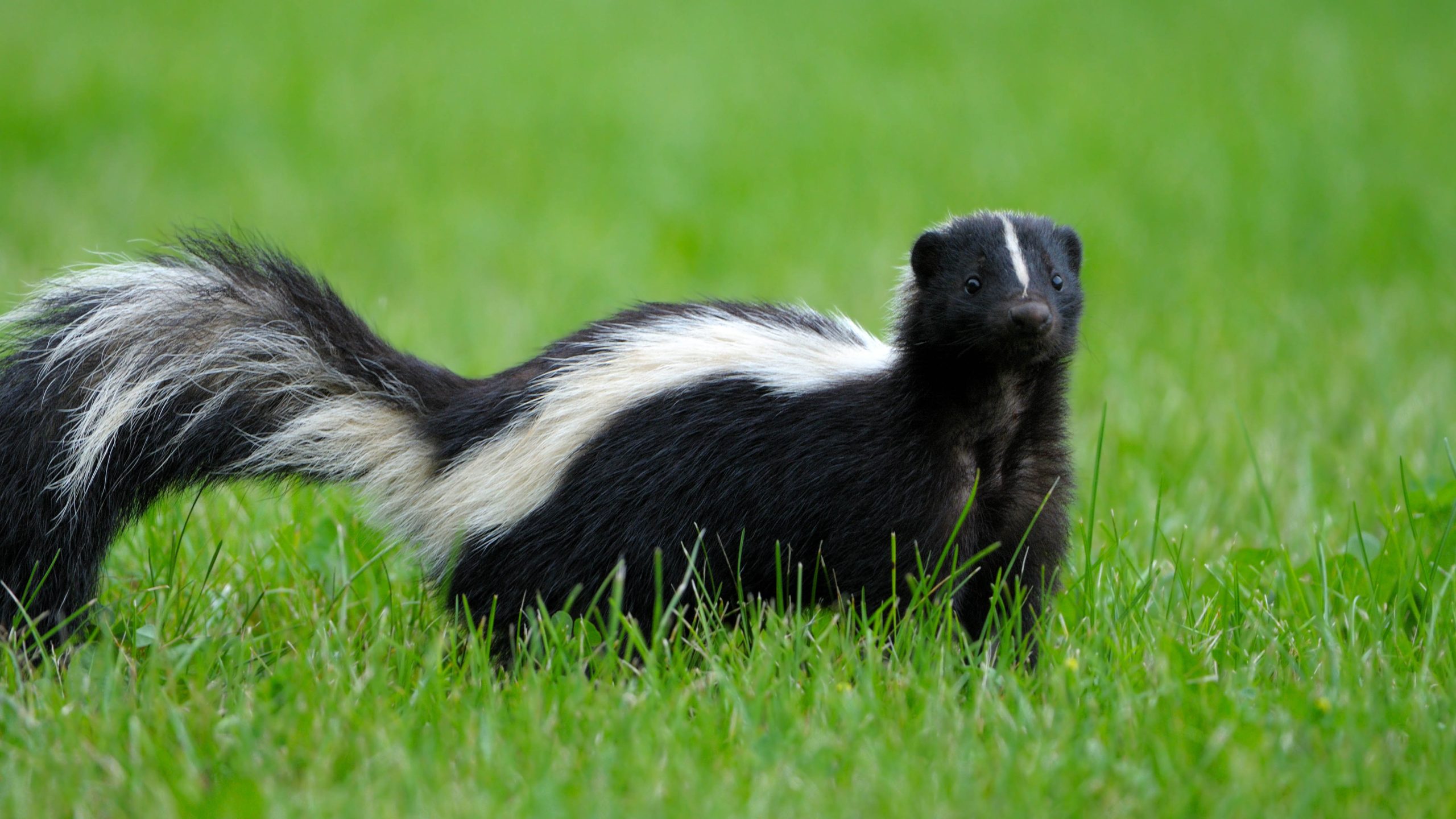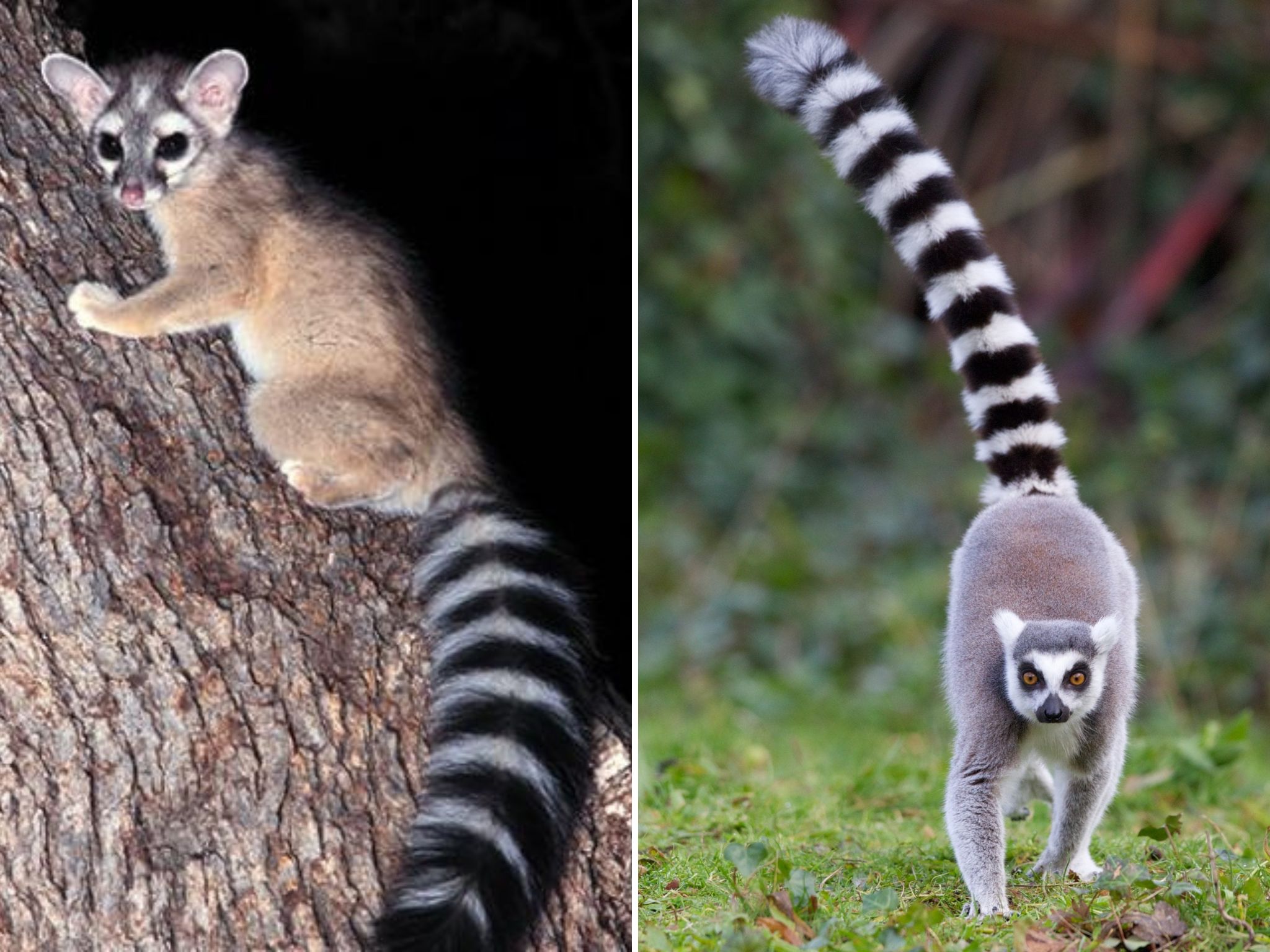
The potbelly seahorse, also known as the big-belly seahorse (Hippocampus abdominalis), is one of the largest seahorse species in the world, reaching up to 14 inches (36 cm) in length. They are found in the temperate marine waters around southeastern Australia and New Zealand, where they inhabit harbors, sheltered coastal bays, and seagrass meadows.
Here are some of the top FAQs about potbelly seahorses:
1. What do potbelly seahorses look like?
Potbelly seahorses are named for their large, bulging abdomens, which are especially prominent in males. They come in a wide range of colors, including brown, yellow, gray, white, and orange, and are often mottled with dark spots. They have a long-snouted head that is tilted forward, independently moving eyes, and a prehensile tail that they use to anchor themselves to seaweed and other objects.
2. What do potbelly seahorses eat?
Potbelly seahorses are carnivores and feed on small crustaceans, such as shrimp and amphipods, which they suck up into their tube-like snouts. They are ambush predators and rely on their camouflage to blend in with their surroundings before striking.
3. How do potbelly seahorses reproduce?
Unlike other seahorses, where females deposit their eggs in a pouch on the male’s abdomen, potbelly seahorse males have a smooth, soft pouch on their underside where they carry and incubate the fertilized eggs. After a gestation period of about a month, the male gives birth to live young, which are miniature versions of adults and immediately independent.
4. Are potbelly seahorses threatened?
Potbelly seahorses are listed as Near Threatened by the IUCN due to habitat loss, pollution, and overfishing. They are also sometimes collected for the aquarium trade and traditional medicine.
5. Where can I see potbelly seahorses?
Potbelly seahorses are not commonly kept in aquariums, but they can be seen at a few specialized institutions, such as the Monterey Bay Aquarium in California and the SEA LIFE Sydney Aquarium in Australia. You can also see them in the wild if you are lucky enough to dive or snorkel in their habitat.






